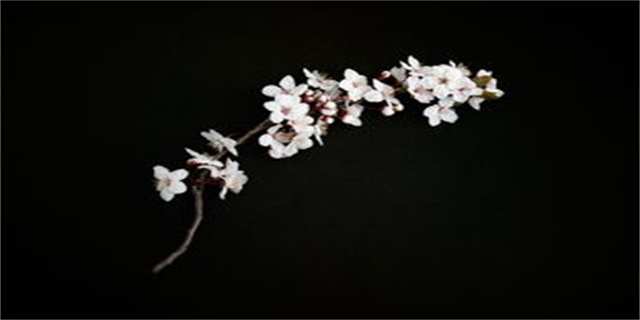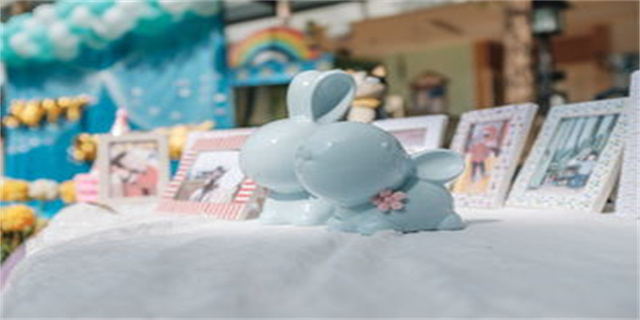Copying versus Creating: The Art of Replication
In the creative world, the art of copying has always been a topic of controversy. While some argue that copying stifles originality and creativity, others believe it is a vital part of the creative process. This article explores the concept of copying, its benefits, and its impact on the world of creation.
The Reality of Copying
Copying is often associated with plagiarism or stealing someone else's work without permission. However, the reality is more complex than this black-and-white view. Copying, in its essence, is the act of replicating or imitating existing ideas, concepts, or designs. It is a common practice across various industries, such as art, music, literature, and technology. Many creators draw inspiration from existing works and build upon them to create something new and unique.
Copying is not limited to the realm of amateurs or beginners. Established and influential artists, inventors, and innovators have relied on copying as a way to learn, adapt, and further develop their skills. The great masters of art, for instance, have often started by copying the works of others to study composition, technique, and style. This process allows artists to gain a deeper understanding of their craft before venturing into original creations.

The Benefits of Copying
Contrary to popular belief, copying can actually foster creativity rather than hinder it. By imitating existing works, creators can explore different styles and techniques, pushing the boundaries of their own abilities. Copying serves as a valuable learning tool, allowing individuals to analyze and dissect the elements that make a particular creation successful.
Copying also provides a platform for innovation. When individuals replicate existing ideas, they have the opportunity to add their unique perspective and enhancements. This process of iteration often leads to the development of new concepts, breakthrough inventions, and revolutionary artistic expressions.

The Ethical Conundrum
While copying can be a catalyst for inspiration and growth, it raises ethical questions regarding the boundaries of intellectual property and originality. The fine line between copying and plagiarizing can easily be crossed if due credit is not given to the original creator. A responsible approach to copying involves acknowledging the source of inspiration and, when necessary, seeking permission or collaborating with the original creator.
Furthermore, it is important to note that while copying can help in skill development and exploration, relying solely on replication may limit one's potential for originality. The true value of a creator lies in their ability to combine influences, experiences, and personal insights to produce unique and meaningful work.

In conclusion, copying, when done responsibly and ethically, can be a powerful tool for creativity and growth. It allows individuals to study and understand existing creations, experiment with different styles, and contribute to the evolution of various fields. By embracing a balanced approach between copying and creating, creators can unleash their full potential and leave a lasting impact on the world of art, innovation, and beyond.





